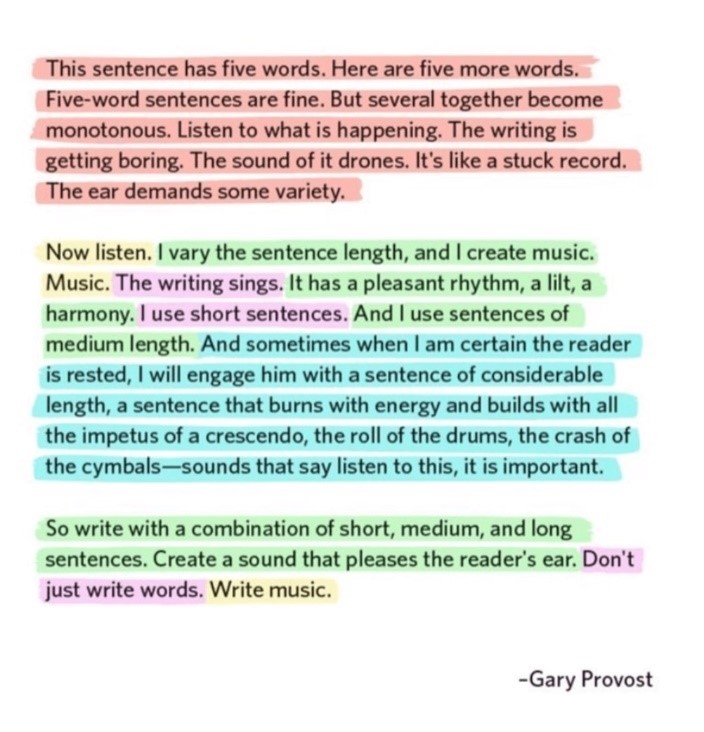Have you ever been so excited about a turn of phrase in your brief that you’ve excitedly told someone? And then that person doesn’t find it that exciting?
Yeah, me neither.
We lawyers, famous for our humility and modesty, love to write for ourselves. Whether it’s an excellent word choice, that turn of phrase, or punctuation par excellence, we sometimes write for ourselves. But our audience, of course, is someone else. And almost always, an extremely busy someone else. Judges have a lot to read, not enough time, and far less familiarity with the law and facts of our case than we have. And like each one of us, they are also humans with increasingly shorter attention spans and distractions aplenty.
We need to write like it.
While legal writing advice abounds, there are three goals that may help improve readability for your busy judge.
Goal #1: Declutter.
“When, in the case sub judice, you can remove legalese, needlessly plethoric words, string cites, and Definitions and Acronyms (hereinafter, “DAAs”), and whereas improve your writing henceforth, come herenow to do so.”
Lawyers love clutter. We love old fancy words, boilerplate, citing several cases for obvious and undisputed propositions, multiple parentheticals, defining every term possible, abbreviating names down to clunky acronyms, etc. To varying degrees, we tend to do this because we think we’re helping our cause. But usually, we’re not.
While there are reasons aplenty for some of this clutter, too often they make our briefs more difficult to read. Raise your hand if you read every word in a string cite or parenthetical! This sort of clutter is an impediment to readability and, in turn, persuasive writing. When your brief is hard to read you are reducing your chances of success. And when our job is to persuade one well-trained and intelligent person (the judge) that we, and not another well-trained and intelligent person (our opponent), are correct on the law, that’s not an outcome we want.
Goal #2: Add Variety.
Mix things up, at every level. Don’t make every argument section sing the same, don’t make every sentence the same length, don’t use the same transition words. Readability and persuasion is the goal. So avoid using “however” for every transition, “therefore” for every analytical conclusion, and “the plaintiff alleged” for every procedural fact.
While this may seem like small potatoes, it isn’t. You want your reader to breeze through your argument, not bump along or get drowsy. I recently saw this on Twitter, and it captures the idea well:

Goal #3: Guide the Way.
Help your reader along the analytical path. Your headers, both in a table of contents (if you have one) and in the body of your brief, bring the reader with you.
Instead of these headers:
Brief 1: “Issue 1: The Will”
“Issue 2: Estoppel”
“Issue 3: Attorney’s Fees”
Consider these:
Brief 2: “The Will authorized the Executor’s conduct”
“In any event, the defendant is estopped because he consented to the Executor’s actions”
“The Executor is entitled to her attorney’s fees under the Will”
Over the course of a brief, signals like these can make a world of difference to your reader. This is especially the case when you are trying to persuade your readers on multiple issues and how they interact with one another. By signaling to your readers what you will accomplish in that section, you frame expectations and mental energy before they dig in and leave a guide for future reference when they inevitably revisit your brief.
Declutter, add variety, and lead the way. Your reader will thank you.

